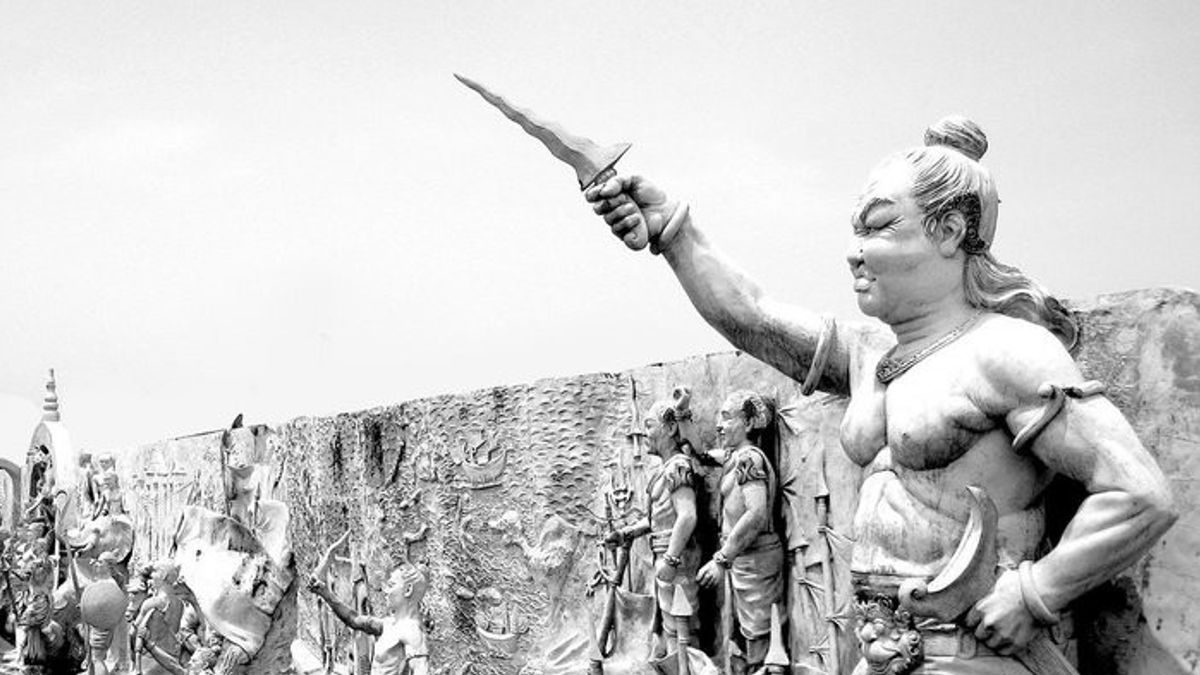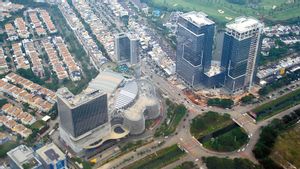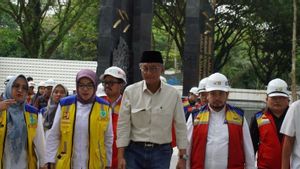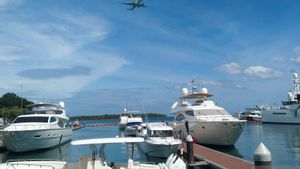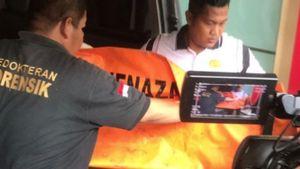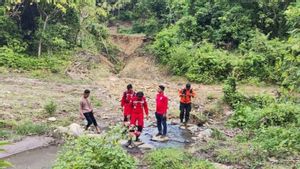JAKARTA – Today, Thursday 1 July 2022, the Indonesian National Police celebrate Bhayangkara Day. This year is the 76th anniversary of Bhayangkara Day, since it was established on July 1, 1946. But make no mistake, Bhayangkara Day is not the anniversary of the birth of the Indonesian National Police.
On July 1, 76 last year, the Government of the Republic of Indonesia established the police as a separate agency directly under the institution of the Prime Minister. The basis used at that time was Government Decree No. 11 of 1946 concerning the Department of Police.
Prior to Government Decree Number 11, the Police Department was under the Ministry of Home Affairs. The decree was signed by President Soekarno and Minister of Home Affairs Soedarsono in Yogyakarta on July 25, 1946.
Government stipulation No. 11 makes the position of the Police equal to the Department. Meanwhile, the Head of the State Police (KKN) has a ministerial level position. The government at that time hoped that the Indonesian National Police would develop better.

"I advise all members of the Police wherever they are on duty. Keep the spirit and sincerity in providing the best service so that the Police are closer and loved by the community. Keep the honor of the institution by adhering to the values of Tribarata and Catur Prasetya," said National Police Chief General Listyo Sigit Prabowo in a video uploaded to Instagram @listyosigitprabowo on July 1, 2022.
"I also express my gratitude and highest appreciation for all the loyalty, dedication, and sacrifices that have been given in the task of serving the community, nation and state," continued the National Police Chief.
Pre-Independence PoliceDuring the Dutch East Indies period, the police in the archipelago were divided into various types. There are Veld Politie (Field Police), Stands Politie (City Police), Gewapende Politie (Armed Police), Bestuurs Politie (Civil Service Police), and Cultuur Politie (Agricultural Police). Each type of police has different powers, and is under different institutions.
At that time the police also accepted members from Bumiputras, not just Dutch people. However, their positions are differentiated based on their status in society. For Bumiputra residents there are three positions that are impossible to hold, namely: non-commissioned officer, inspector, and commissioner.
The three positions can only be taken by the Dutch. Meanwhile, the Bumiputras were given positions such as: police officer, assistant police officer, and police officer. The Dutch colonial government began to modernize the police in 1897 to 1920 by placing them in one service. It was the Dutch East Indies-style modern police force that was adapted to become the current Indonesian National Police.

After Japan entered in 1942, the police in the archipelago began to recognize the division by region. The Java and Madura Police are based in Jakarta, the Sumatra Police are based in Bukittinggi, the East Indonesia Police are based in Makassar, while the Kalimantan Police are based in Banjarmasin.
Regional police officers during the Japanese colonial period were occupied by indigenous people. It's just that these police officers are always under the supervision of Japanese officials called sidookaan. The sidookaan has a hotline with the central government, so it is more powerful than the regional police chiefs.
Independent Indonesian PoliceThe Indonesian Police were born not far from the Independence of the Republic of Indonesia on August 17, 1945. After the Japanese left, they disbanded the Peta and Gyu-Gun troops but allowed the existence of the police institution. Along with the Proclamation of Independence, the Indonesian Police became an independent police force.
The first step was the establishment of the National Police Agency (BKN) by the Preparatory Committee for Indonesian Independence (PPKI) on August 19, 1945.
On August 21, 1945, Class I Inspector of Police Mochammad Jassin who was then serving as Police Commander in Surabaya proclaimed the Police Force of the Republic of Indonesia. The initial task of these troops was to disarm the Japanese soldiers who lost the war. They are also given the task of raising the spirits of former Japanese police officers who were depressed because they lost the war.

The final step in establishing the Indonesian National Police institution is the determination of the National Police Chief (KKN). President Soekarno inaugurated Soekanto Tjokrodiatmodjo Hospital as a KKN on September 29, 1945. At that time the Indonesian police force was named Djawatan Polri and was under the Ministry of Home Affairs.
The name Bhayangkara itself is taken from the name of the elite troops of the Majapahit Kingdom which was formed by Patih Gajah Mada. One of the successes of the Bhayangkara Army at that time was to save King Jayanegara from the Ra Kuti rebellion in 1319.
The values of devotion and loyalty to the state from the Majapahit elite troops were adopted by the Indonesian National Police, thus using the term Bhayangkara to refer to the police institution. Happy 76th Bhayangkara Day.
The English, Chinese, Japanese, Arabic, and French versions are automatically generated by the AI. So there may still be inaccuracies in translating, please always see Indonesian as our main language. (system supported by DigitalSiber.id)
